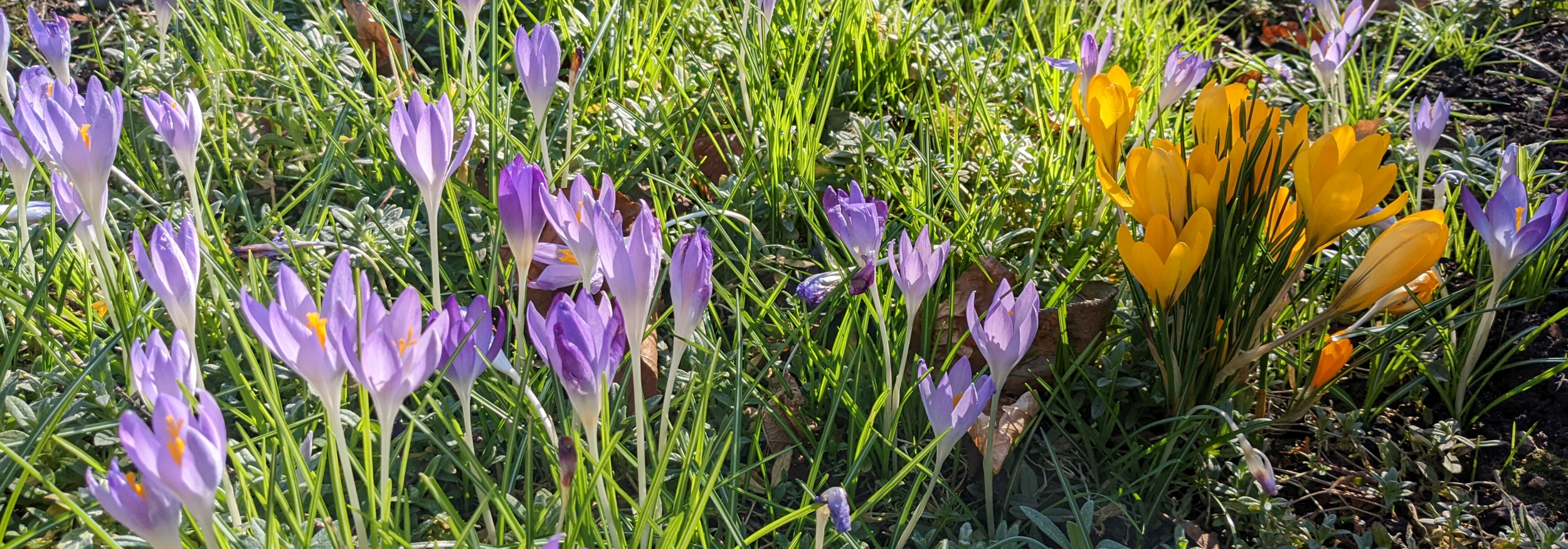Greengages
/It is now 24 years since we moved to Essex and our 1½ acre garden. Much has changed over those years, but not in the rather neglected corner where 5 old and decrepit greengage trees sit. They get mowed around and the occasional dead branch is removed, but otherwise the previous owners would probably see little change. The fruits are delicious, with green and speckled red skin often covered in a cloudy bloom, and sweet orange flesh. They are wonderful for eating raw and for cooking, needing no added sugar. Our variety is a mystery, a quick Google investigation indicates that that they may be a Cambridge Gage, a variety known since the end of the 19th century, but it doesn’t really matter. For now, at least. If I move, I’ll want to plant another of the same!
The trees always produce some fruit – they are late flowering, so avoid most frosts, and are planted close to a Victoria plum which helps with the pollination - but this year has been the best crop ever since our arrival. Even better, we got to most of the fruit before the wasps, which normally like to sample a little bit of every single fruit and then add some excitement to the picking as we try to avoid being stung whilst they buzz around in a state of drunken bliss. There will be a lot of jam made this autumn, and plenty in the freezer to see us through the winter.
Greengages originated in northern Persia/Armenia, spreading across Europe until being introduced into England in the early 18th century, with a number of trees sent from France, to Sir William Gage of Hengrave Hall, near Bury St Edmunds. Legend states that the labels got lost in transit, so that the head gardener decided to name them after his master.
If you are wondering what makes a gage different to a plum, there is no definitive answer! Gages are a group of cultivars of plums (Prunus domestica) and often labelled as Prunus domestica subsp. italica. On the whole, gages are smaller than most plums, and also rounder and sweeter, with a more intense flavour. They can be found in green, yellow or purple. Slightly fussier than other plums, they prefer a sunny, sheltered area to grow in – the South East, including Essex, is ideal - and may need a pollination partner to ensure a good crop. There are now many cultivars and rootstocks for a choice of tree size, so every Essex household with a garden could potentially enjoy some of this delicious fruit – the time to plant is fast approaching. All gages should be pruned like plum trees, the most important rule to follow is to do it in summer, to avoid infection by silver leaf disease. Ours were pruned last year, and the fantastic crop may just be a coincidence, but I like to think not!


